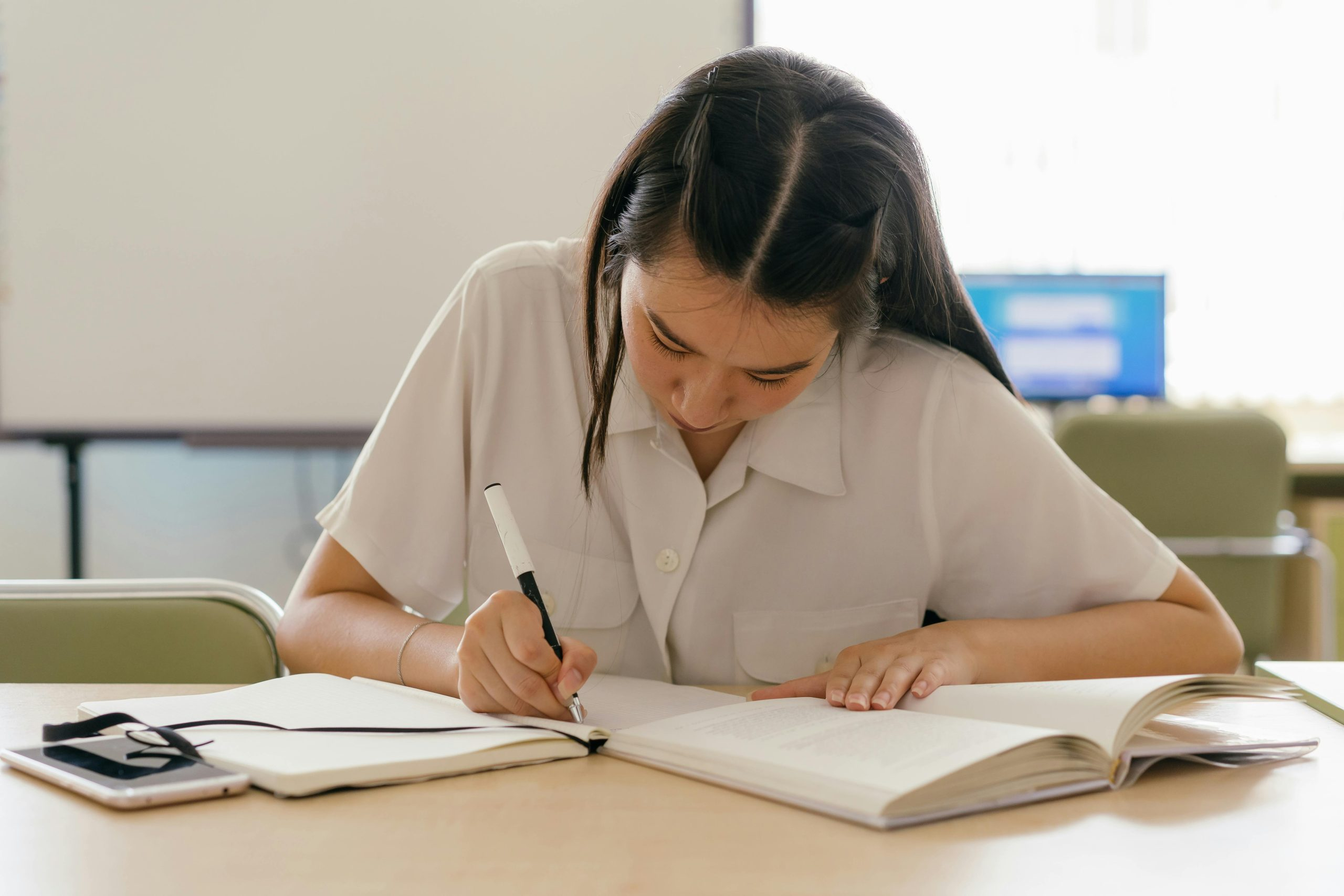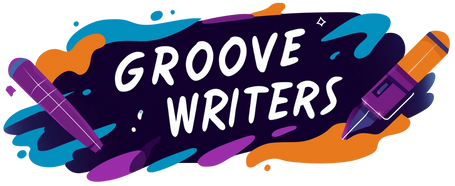Multisensory Learning for Every Student
When it comes to learning, one size does not fit all. Every student has their own unique way of processing and understanding information, which is why traditional classroom teaching methods may not be effective for every student. This is where multisensory learning comes in – an approach that integrates multiple senses to enhance learning and help every student succeed. In this article, we will explore the concept of multisensory learning and how it can benefit all students.
The Definition of Multisensory Learning
Multisensory learning is an approach to teaching that involves using multiple senses (such as touch, sight, and hearing) to acquire and process information. It is based on the belief that by engaging multiple senses, students can better retain and understand new concepts. This approach focuses on engaging all the senses, rather than solely relying on one sense, such as reading or listening.
The Importance of Multisensory Learning
Every student has different ways of learning and processing information. For some, reading and writing may come naturally, while for others, it may be a struggle. Multisensory learning recognizes these differences and provides students with alternative methods to learn and understand new concepts. This is especially beneficial for students with learning disabilities, such as dyslexia, as it allows them to use their strengths to compensate for their weaknesses.
Engages All Learning Styles
Multisensory learning caters to all learning styles – auditory, visual, and kinesthetic. By incorporating different senses into the learning process, students can find the method that works best for them and utilize it to enhance their learning experience. This also allows teachers to reach all students, regardless of their preferred learning style.
Keeps Students Engaged and Interested
Traditional teaching methods can often be dull and unengaging for students. Multisensory learning, on the other hand, makes learning more interactive and fun. By using a variety of senses, students are more likely to stay engaged and interested in the lesson, leading to greater retention and understanding of the material.
Develops Multiple Areas of the Brain
Using multiple senses to learn activates different parts of the brain, resulting in more connections being formed. This can improve overall brain function and can benefit students in the long term. Multisensory learning also promotes the development of fine and gross motor skills, which can be beneficial for students with learning disabilities.
Creates a Supportive Learning Environment
In a traditional classroom setting, some students may feel left behind or misunderstood. Multisensory learning creates a more inclusive and supportive learning environment, as it acknowledges and caters to the different needs of students. This can boost confidence and self-esteem, which are crucial for academic success.
Incorporating Multisensory Learning into the Classroom
Now that we understand the concept and importance of multisensory learning, how can teachers incorporate it into their classrooms? Here are a few ideas:
Use Visual Aids
Visual aids, such as diagrams and images, can be a helpful tool for students who learn better through sight. These can be used to supplement written or spoken instructions and can make complex concepts easier to understand.
Incorporate Hands-On Activities
Hands-on activities can engage students’ tactile and kinesthetic senses. This can include building models, performing experiments, or solving puzzles. These activities can make learning more interactive and can also help students with ADHD to stay focused and engaged.
Utilize Technology
Technology can be a powerful tool in multisensory learning. For students who struggle with reading, audio books or text-to-speech software can be used. Interactive educational games and simulations can also be a fun and effective way to engage students and cater to their different learning styles.
Vary Teaching Methods
In a multisensory learning approach, the teacher should vary their teaching methods to engage all the senses. For example, instead of solely relying on reading from a textbook, the teacher can use a combination of written and spoken instructions, along with visual aids and hands-on activities.
Conclusion
Multisensory learning is a valuable approach to teaching that acknowledges the diversity of students’ learning styles and needs. By incorporating multiple senses, teachers can create a more inclusive and effective learning environment for all students. With the right techniques and resources, multisensory learning can help every student reach their full potential.










